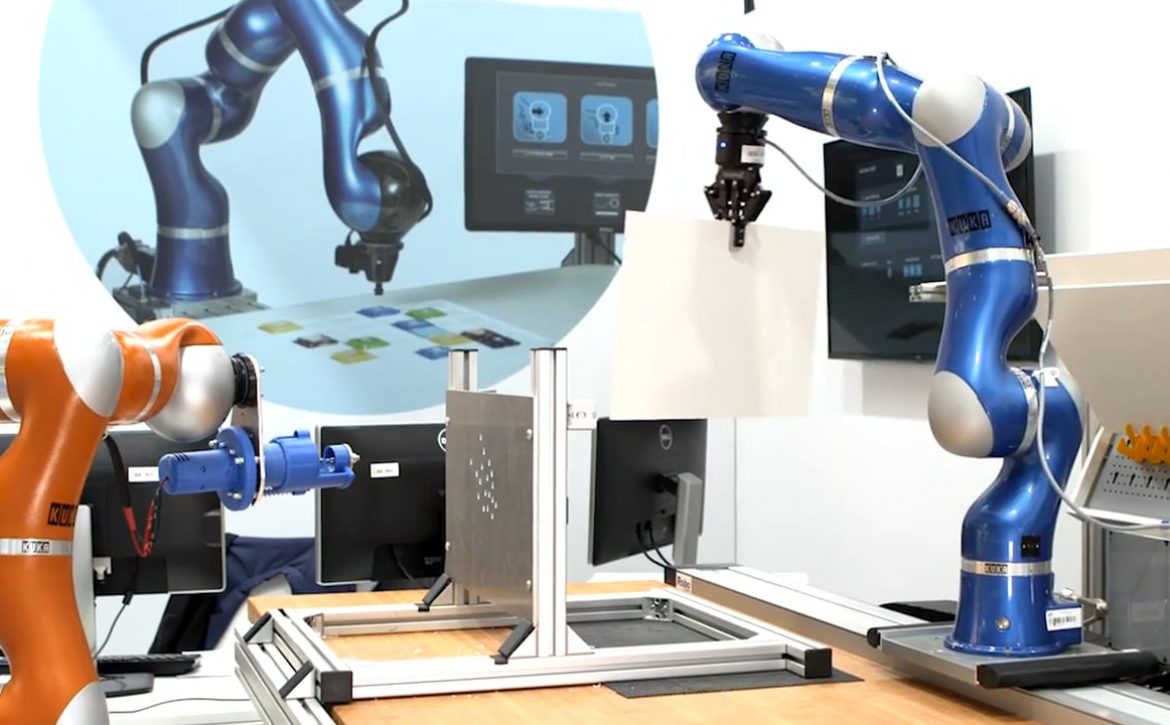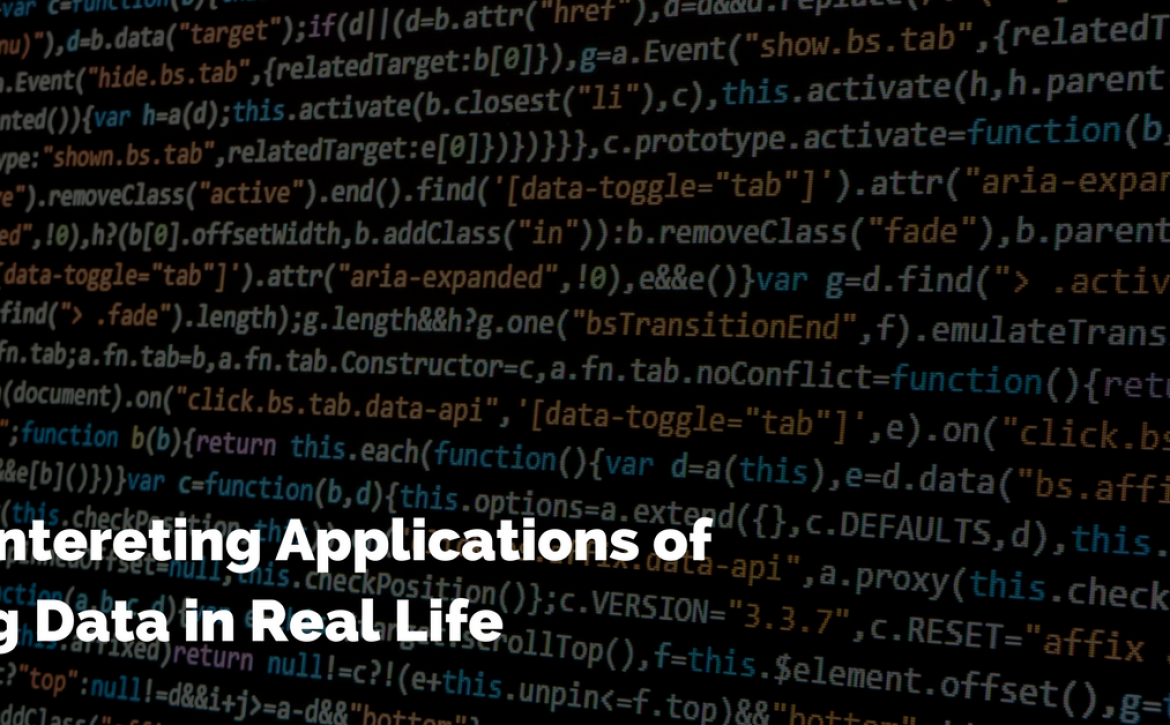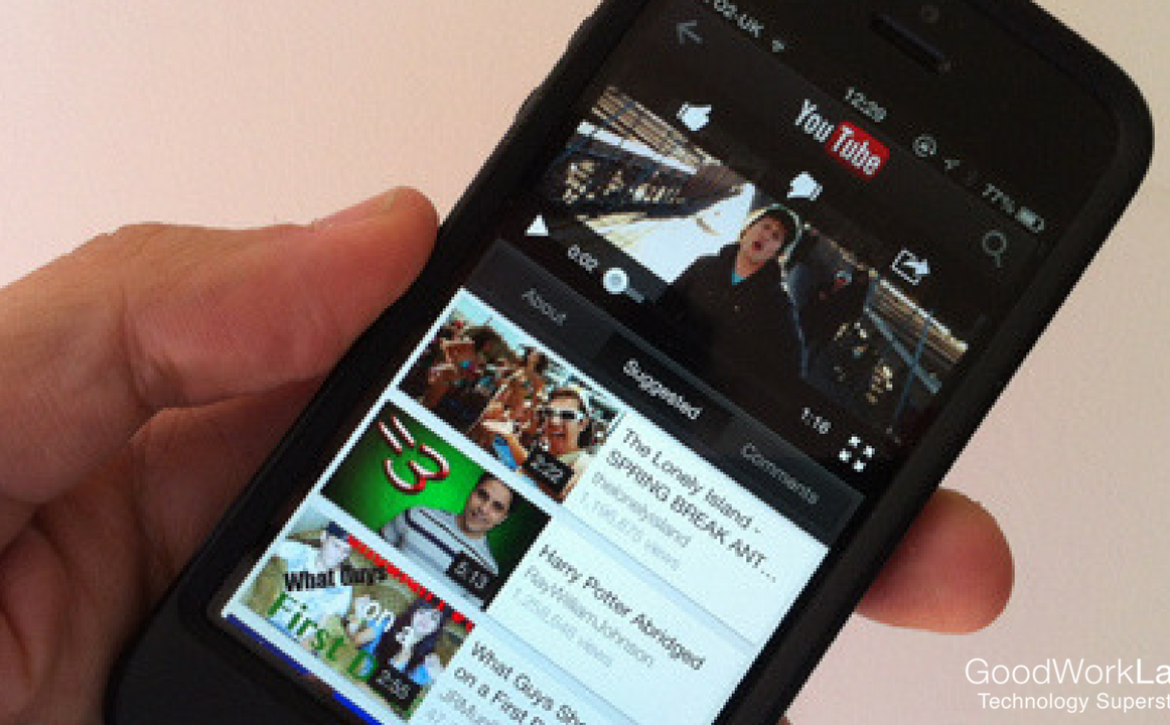Artificial Intelligence (AI) in Recruitment
Recruitment Powered By AI
Artificial Intelligence (AI) seems to be the buzzword doing the rounds of boardrooms of every big and small company around the world. Taking giant strides every passing week AI is set to dominate our lives in the near future. With various industries wholeheartedly embracing AI and furiously implementing it in their companies, it would be a no-brainer to say that AI would cover almost every aspect of our lives in the next five to ten years.
While wisdom says that change is the essence of life, a majority of people resist it. The same is the case for some people resisting AI in recruitment. Some scaremongers have been misinforming that AI would lead to a lot of losses in jobs. It would be foolish to fear machines which were created by us. It would be prudent to say that leveraging AI in recruitment can be a great tool in a company’s hand which can lead to various advantages for the organization.
How Artificial Intelligence in recruitment works?
By enhancing certain automated tasks which are repetitive and very laborious, AI helps to save a company’s precious time and resources. The machine learning tool of AI is very useful to screen quality candidates from thousands of applicants as ML has the ability to learn on its own. By automatically screening, sourcing and scheduling, AI-powered recruitment software helps a company focus only on the cream of candidates and thereby saving tons of time.
Some benefits of AI in recruitment
- AI reduces a recruiter’s tedious task and boosts his productivity.
- Automation streamlines the whole recruitment process and reduces the hiring time by half.
- A company’s reputation and goodwill increases as the responsiveness of the chatbots to the candidates is 100%.
- By standardizing the whole process and removing the anomalies, the quality of hire can be drastically improved.
Practical applications of AI in recruitment
Mya is a very popular recruitment assistant chatbot that automates almost 75% of the recruitment process. She can communicate with candidates with the help of popular messaging apps like Facebook and can also provide immediate feedback to applicants. Candidates can also ask Mya about the company’s culture and their hiring procedures.
This is definitely a huge step towards solving real-time business problems such as recruitment.
The future challenges
As technologies take time to evolve and mature it should be understood the same would be in the case of AI in recruitment. There are certain challenges which can slow down the AI juggernaut in the recruitment arena. Some of the challenges with AI in recruitment are:
- In the initial screening procedure of the resume the data should be accurate to make AI hiring effective.
- If recruiters feel they can do a better job at hiring, the HR department would be reluctant to implement AI in their offices.
- As MI can learn from itself, it can also pick up human biases and prejudices and that can adversely affect the whole recruitment process.
Most experts believe AI in recruitment can be a significant leap ahead in the sector. It would be pretty challenging in the coming days for manual HR to compete with it.
Lastly, this automation will definitely take out the stress from the entire hiring process and make it vastly efficient.
























